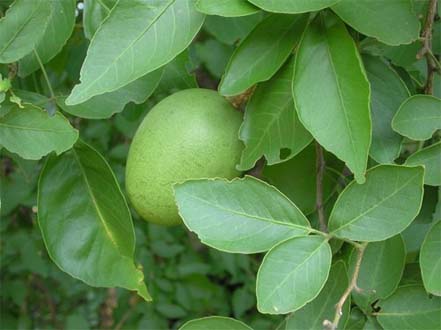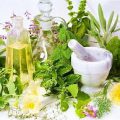Alpana Saha,
Research Scholar, CSIR-NIScPR
Newswave @ New Delhi
The aromatic plants have played vital role in the life of Indian people since ancient times. It plays its role from putting sandal wood tilak on the forehead to mogra gajra on the hairs and various perfumes on bodies and fabrics. Some plants have arrived the country from other countries and some had born in the country and subcontinent itself.
In the Himalayas of India, Nepal and Bhutan many endemic aromatic plants are found. It is seen that there are around 120 aromatic plants distributed over 26 families found in the Himalayas of Jammu and Kashmir, Himachal Pradesh, Uttarakand and Sikkim.
The aromatic plants essential oils are not only having pleasant aroma but also have many medicinal values. Some of them are worth discussing here:
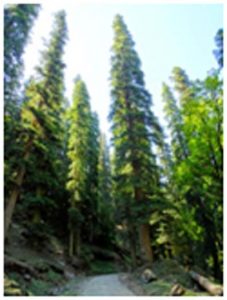
Abies pindrow from family Pinaceae the leaves of this plant are used by people of Jammu and Kashmir for treatment of bronchitis. Even the bark and cone are of great use. The former is used in constipation and the later as diuretic.
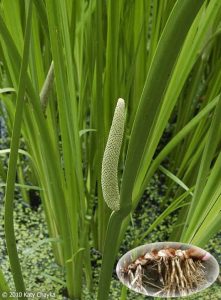
Achillea millefolium L (Asteraceae) is also from Jammu and Kashmir and people of this areause an infusion of plant as a diuretic; vapours from leaves and flowers are used to treat colds and fever; tea from leaves is given to treat cold.
Acorus calamus L (Araceae) is found both in Uttarakhand and Jammu and Kashmir. The people of these places use the rhizome paste is applied to wounds and swelling to reduce inflammation. The rhizome ischewed by many to treat coughs, colds, and sore throat.
Aegle marmelos (L) Corrêa (Rutaceae) is a well know plant among Kumaun people of Uttarakhand. The fruits of this plant is used to treat digestive disorders like vomiting, dysentery and diarrhea.
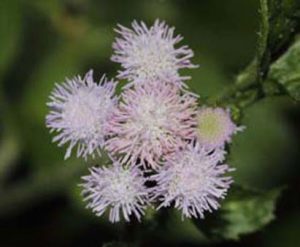
Ageratum conyzoides L (Asteraceae) is also from Kumaon Uttarakhand. In India the people use the leaf extract to stop bleeding and to treat skin diseases like ringworm, scabies, sores, burns boils and cuts.
Ageratum houstonianum Mill (Asteraceae) is found in all regions of Himalayas of India. Plant juice used externally to treat cuts and wounds. Aerial parts essential oil from India, antibacterial (Micrococcus luteus, Rhodococcus rhodochrous).
Zanthoxylum armatum DC (Rutaceae) is from Himachal Pradesh, India. The bark of this plant is used in toothache
Vitex negundo L (Verbenaceae) is found in both Himachal Pradesh and J&K hills. People use the aromatic leaves as a tonic and vermifuge. In some places , the local people take the leaf juice for stomachache. The people also prepare a paste of the leaves with cow urine and apply it to wounds and swellings.
Valeriana hardwickii Wall (Caprifoliaceae) is endemic plant of Uttarakhand. Local people of Almora district of Uttarakhand use the plant extract to treat malaria; the leaf paste is used externally to treat boils and eczema.
Thymus serpyllum L (Lamiaceae) this plant is from Almora district of Uttarakhand. Ethnic people of Almora distric of Uttarakhand use the juice of the whole plant orally to treat cough and asthma; the paste of whole plant is used externally to treat arthritis. In Jammu and Kashmir essential oils were extracted from the aerial parts.
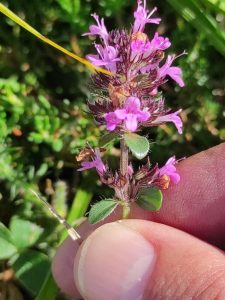
Skimmia laureola (DC) Decne (Rutaceae) is also from Uttarakhand and has very sweet smell. In Uttarakhand, the leaf used as incense. From aerial parts of this plants many essential oils are extracted and many farmers from Jammu and Kashmir do extraction of essential oils.
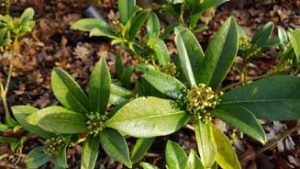
Skimmia anquetilia Tayl and Airy Shaw (Rutaceae) is a plant from Uttarakhand and has very refreshing sweet smell. The local people take an infusion of the leaf for headache and freshness.
Mentha longifolia (L.) Huds. (Lamiaceae) from Jammu and Kashmir, India the essential oil used for flavorings confectionery.A tea from the leaves is taken as a cooling medicine. In Uttarakhand, India, the herb used for gastrointestinal disorders, cough, colds, and chronic fever. The leaf juice is also applied to cuts and wounds as an antiseptic; a leaf decoction is taken to relieve sore throat.
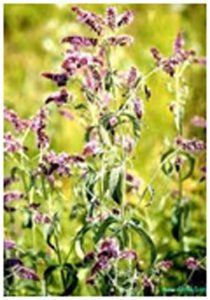
Here just a dozen of the hundred endemic aromatic medicinal plants in India. So this shows that India has great potential to increase cultivation of these forest and lesser known plants on commercial level to gain economically.
Traditional herbal medicine continues to play a role and this post COVID phase has taught us good lesson.Numerous medicinal plants and their essential oils have shown remarkable biological activities. There remains lack of information relating biological activities of essential oils with the ethnobotanical uses of the plants. There is much additional work that can be carried out to identify phytochemicals associated with biological activities that support traditional uses of medicinal plants. However, several aromatic plants have shown commercial promise as flavouring agents, fragrances, cosmetics, and pesticides. Presently there are great demand for essential oils, herbal medicines, and pharmaceuticals internationally and India can capitalize on this demand.
 News Wave Waves of News
News Wave Waves of News
